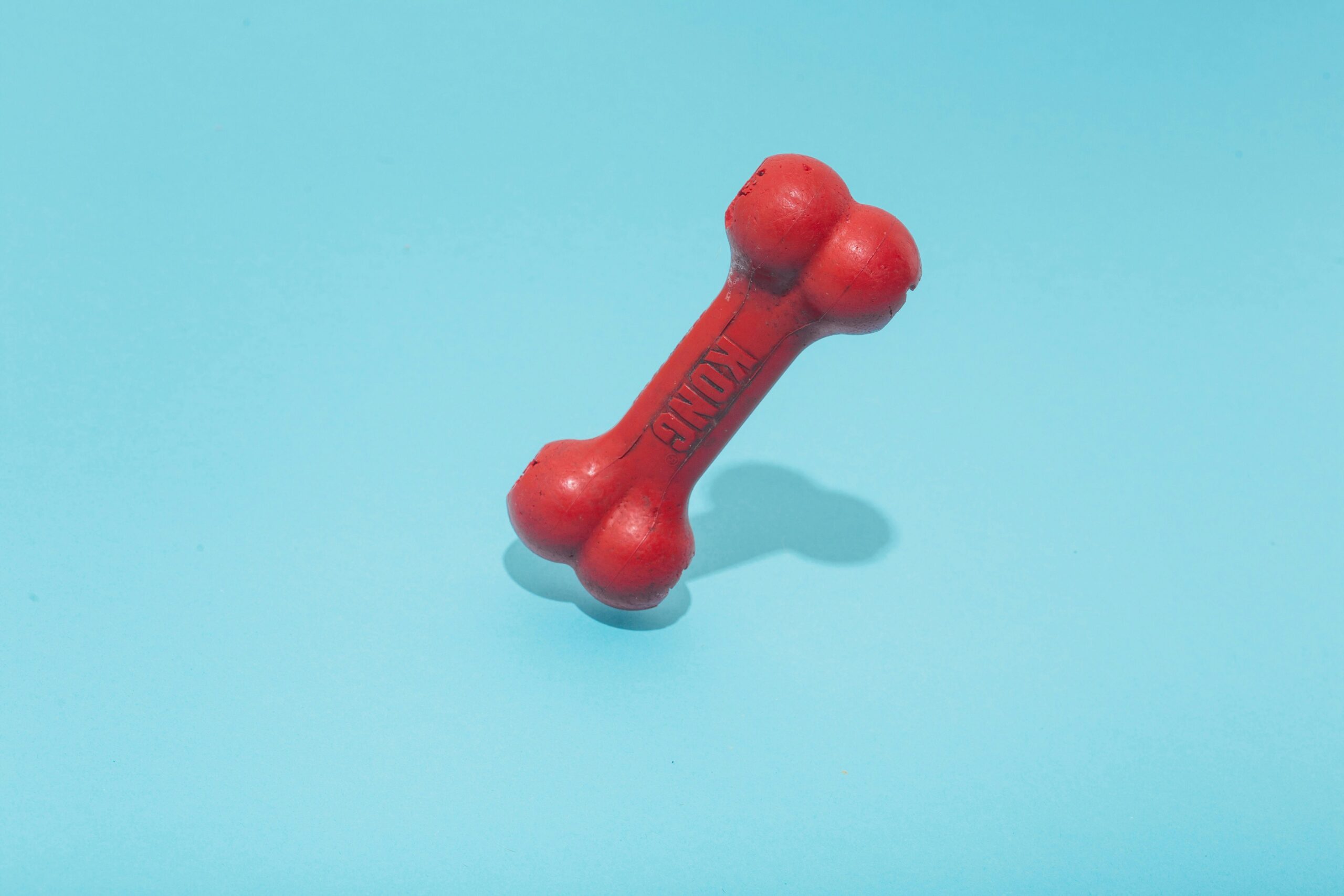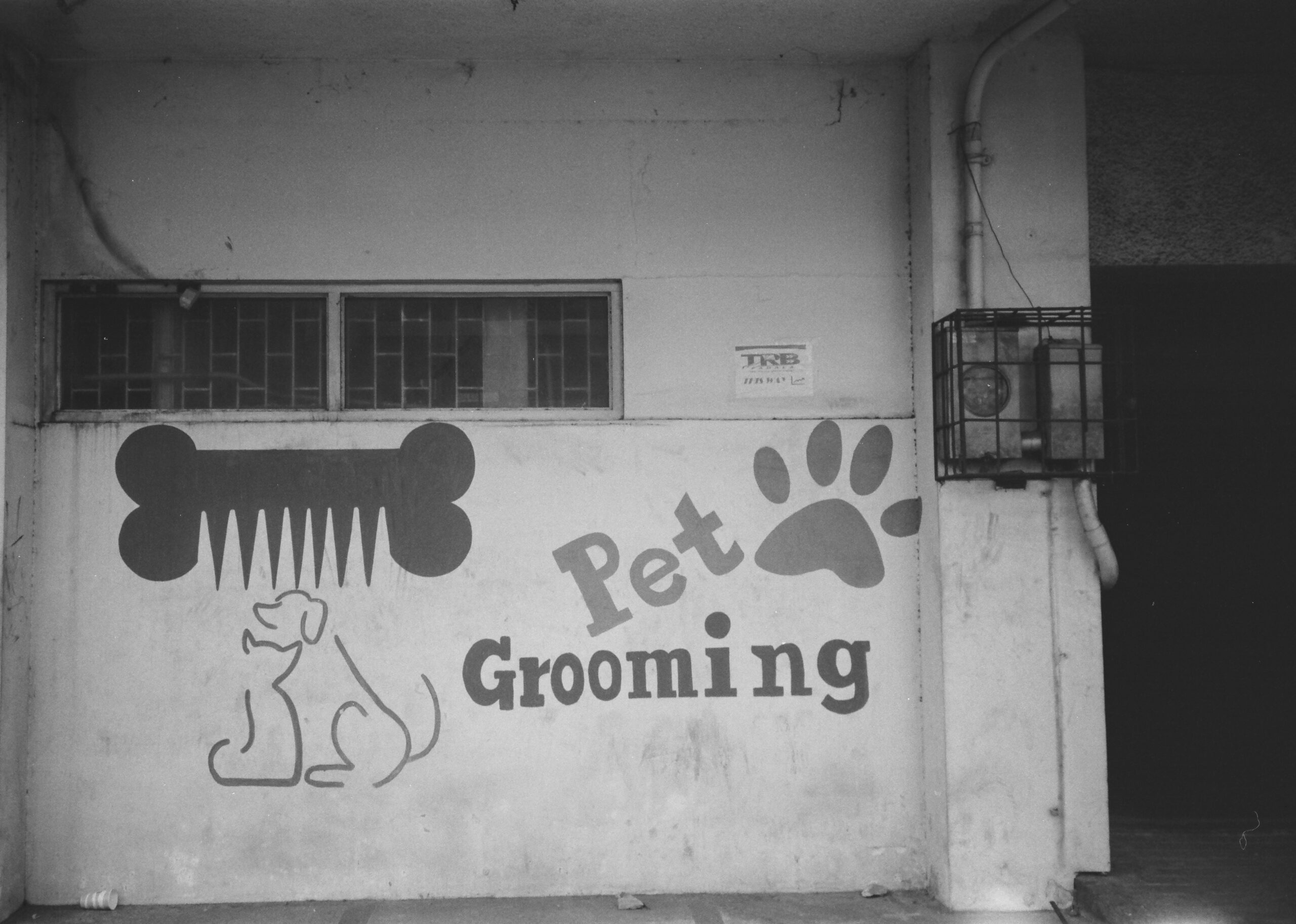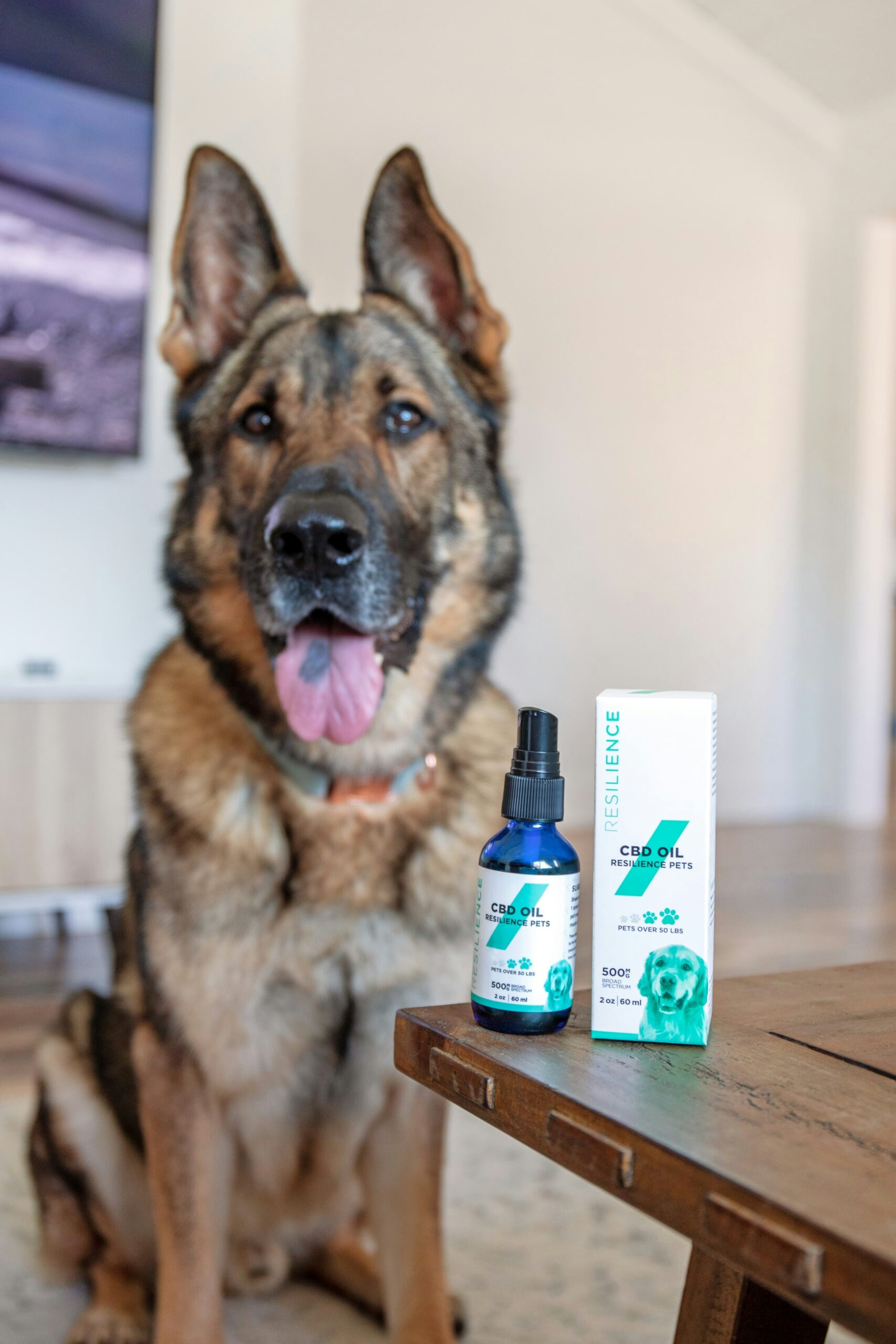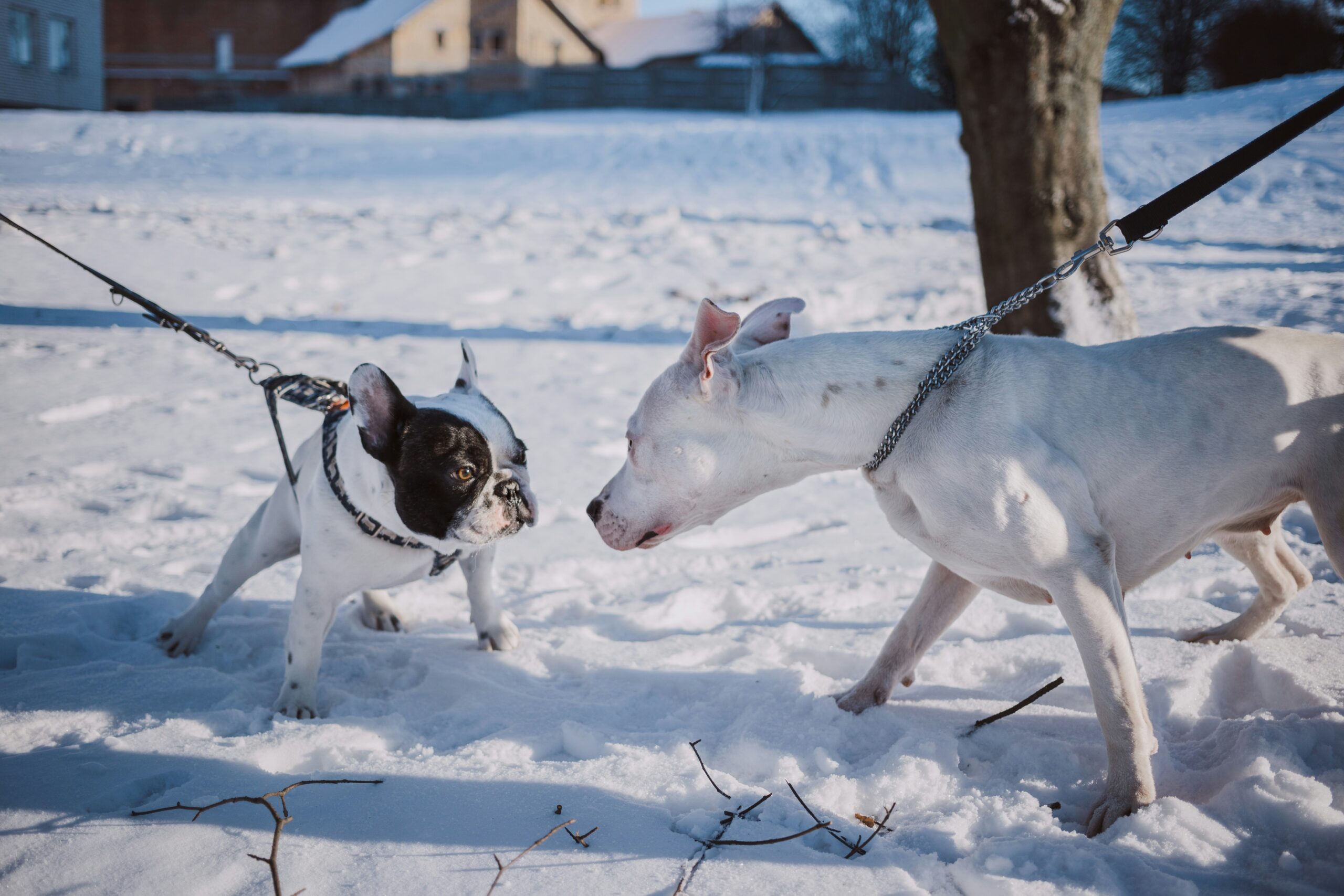DIY Pet Toys: Fun and Simple Projects Your Pet Will Love
Introduction to DIY Pet Toys
DIY pet toys have garnered increasing popularity among pet owners for several compelling reasons. One of the primary advantages of creating these toys is their cost-effectiveness. Unlike store-bought toys, which can sometimes be expensive, DIY pet toys are often fashioned from common household items, making them a more budget-friendly option. Furthermore, these handmade toys offer a heightened level of customizability. Pet owners can tailor the designs and materials to suit the specific preferences and needs of their pets, ensuring a higher level of engagement and enjoyment.
The joy derived from DIY pet toys is not limited to pets alone. The process of crafting these toys can be a fun and fulfilling activity for pet owners too. It provides an opportunity to engage in a creative endeavor while thinking about what might bring their pets the most happiness. This shared experience strengthens the bond between pets and their owners, fostering a deeper connection.
Engaging pets with a variety of toys is crucial for their overall well-being. DIY pet toys play a significant role in this regard by providing essential mental stimulation. When pets are presented with new and interesting toys, it keeps their minds active and vibrant. This stimulation is particularly important for preventing boredom, which can lead to behavioral issues and anxiety. Additionally, a plethora of toys encourages physical activity, promoting a healthy and active lifestyle for pets. Regular play and exercise are vital in maintaining their physical fitness, reducing the risk of obesity and associated health problems.
In summary, DIY pet toys are a wonderful avenue for providing cost-effective, customizable, and enjoyable playtime solutions for pets. The numerous benefits they offer, from mental stimulation to physical activity, make them an invaluable addition to any pet owner’s toolkit. Through simple and fun projects, both pets and their owners can experience enhanced joy and companionship.
Safety First: Materials and Precautions
When embarking on DIY pet toy projects, safety is paramount. The materials chosen must be non-toxic and pet-friendly to ensure the well-being of your furry friends. Common household items that are generally safe to use include cotton ropes, fleece fabric, cardboard, and sturdy wool. These materials not only ensure durability but also prevent any potential hazards related to ingestion or toxic exposure.
Conversely, some materials should unequivocally be avoided. Items such as plastic bags, sharp objects, small parts that can be easily swallowed, and materials treated with harmful chemicals are dangerous. Always check the labels of any fabrics or items for toxicity warnings and ensure they are free from harmful dyes or treatments.
Supervision is crucial during pet playtime, particularly with new toys. Monitoring how your pet interacts with the toy can provide insight into any potential risks. If you notice any aggressive chewing or attempts to swallow parts of the toy, it is essential to intervene. This vigilance helps prevent choking hazards or internal blockages from unwanted ingestions.
Regularly inspecting your DIY pet toys is another vital precaution. Over time, even the sturdiest toys can succumb to wear and tear. Pay close attention to fraying, breaking, or any signs of degradation. If a toy becomes damaged, it’s best to repair or replace it promptly to avoid any injuries or ingestion of loose parts. This proactive approach ensures that playtime remains both fun and safe for your pets.
In conclusion, while DIY pet toys offer an excellent outlet for creativity and bonding with your pet, ensuring their safety with non-toxic materials and constant supervision is essential. By regularly inspecting and maintaining these toys, you contribute to a secure and enjoyable play environment for your beloved companions.
Simple No-Sew Rope Tug Toy
Creating a no-sew rope tug toy is an easy and enjoyable project that allows you to utilize items you likely already have at home. This DIY pet toy is ideal for dogs, providing both physical exercise and an opportunity to strengthen the bond between you and your pet. To make this toy, you will need the following materials:
– Old t-shirts or fleece fabric
– A pair of sharp scissors
– A ruler to measure fabric strips (optional)
Follow these step-by-step instructions to create your own no-sew rope tug toy:
1. Select the old t-shirts or fleece fabric you want to use. These materials are strong and have a bit of stretch, making them perfect for tug toys. Choose colors and patterns that you like. If the t-shirts are particularly dirty, it’s best to wash them first.
2. Lay out the t-shirts flat on a clean surface. Using a pair of sharp scissors, cut the t-shirts into long, wide strips. Each strip should be about 2-3 inches wide. If you want a thicker tug toy, cut more strips. Three strips are generally a good starting point.
3. Gather your strips and tie a secure knot at one end, leaving a few inches of fabric loose at the end. This will ensure that the strips stay together while you braid.
4. Begin braiding the strips, crossing one strip over the other in a typical braid pattern. Continue braiding until you reach the end of the strips. Secure the braid by tying another knot at the loose end. Trim any excess fabric if necessary.
5. Give the tug toy a gentle tug to make sure the knots are secure. Now, your no-sew rope tug toy is ready for your dog to enjoy!
Tug toys offer several benefits for dogs. They encourage physical exercise, helping to maintain a healthy weight and improve cardiovascular health. Engaging your dog in a game of tug-of-war also provides mental stimulation and can be an excellent opportunity for training and teaching commands like “drop it” or “take it.” Additionally, playing tug-of-war fosters bonding, building trust and reinforcing your relationship with your pet.
To ensure a positive experience, always supervise your dog while playing with the tug toy. Encourage gentle play and avoid overly aggressive tugging to prevent any injuries. Enjoy the fun and interactive playtime with your furry friend, knowing that you’ve created a safe and engaging toy yourself!
Interactive Treat Dispenser for Cats
Creating an interactive treat dispenser for your feline friend is an excellent way to stimulate their natural hunting instincts, ensuring they remain mentally engaged and physically active. This simple yet effective DIY project requires minimal materials and can be easily assembled at home.
To get started, you will need:
- An empty plastic bottle (such as a 500ml water bottle)
- Scissors or a craft knife
- Cat treats or kibble
- Sandpaper (optional)
Begin by thoroughly cleaning and drying the plastic bottle. This ensures no residue remains that could potentially harm your cat. Next, use scissors or a craft knife to cut several small holes around the body of the bottle. Each hole should be just large enough for a treat or kibble to fall through when the bottle is knocked or rolled by your cat.
If the cut edges of the holes are sharp, smooth them out using sandpaper to prevent any injury to your cat. Once the holes are prepared, fill the bottle with your cat’s favorite treats or dry kibble. Replace the cap to secure the contents inside.
Your interactive treat dispenser is now ready for use. Place it on the floor and encourage your cat to paw at it. As the bottle rolls and bounces, treats will be dispensed intermittently, keeping your cat engaged and entertained. This interactive play not only satisfies their innate hunting behaviors but also promotes physical exercise and mental stimulation.
Regular use of the treat dispenser can help prevent boredom, reduce stress, and contribute to your cat’s overall well-being. It’s a delightful and enriching addition to your pet’s toy collection that’s both fun and easy to create.
DIY Sock Ball for Small Pets
Creating a DIY sock ball is a delightful and straightforward project that can bring joy to your small pets, such as rabbits and ferrets. This cost-effective toy requires minimal materials, most of which you likely already have at home. The in-depth process ensures the toy’s durability, allowing your pet hours of safe and stimulating playtime.
Here is a concise list of the materials you’ll need:
- Old socks (preferably clean and unworn)
- Stuffing (fabric scraps, hay, or other pet-safe materials)
- Scissors
To start, choose a sock that is appropriate for the size of your pet. Smaller socks can work well for ferrets, while slightly larger ones might be ideal for rabbits. Ensure the sock is in good condition without holes, as this can affect the toy’s integrity.
The first step is to stuff the sock. Insert fabric scraps, hay, or other safe stuffing into the sock, pushing it down to form a compact and rounded shape. It’s essential to ensure that the stuffing is distributed evenly to avoid lopsidedness, which could deter your pet from playing with the toy.
Once sufficiently stuffed, take the open end of the sock and tie it securely to seal the stuffing inside. You may want to double knot for added security, ensuring no loose ends can be easily tugged apart by inquisitive small pets. For additional durability, you can sew the top closed after tying it.
This DIY sock ball is an excellent tool for encouraging play and exploration among small pets. The soft texture is gentle on their delicate teeth and paws, making it a perfect addition to their toy collection. The constant engagement can help reduce boredom and promote physical activity, which is vital for their overall well-being.
Encourage your pet to interact with the sock ball by rolling it towards them or hiding it partially in their habitat for them to discover. This not only stimulates their natural foraging behavior but also provides them with a sense of reward and accomplishment when they retrieve their new favorite toy.
Cardboard Box Mazes and Tunnels
Creating cardboard box mazes and tunnels is an engaging and cost-effective way to provide mental and physical stimulation for your beloved pets. To get started, gather the necessary materials: cardboard boxes of varying sizes, scissors, and strong adhesive tape. These common household items can be effortlessly transformed into an exciting playground for cats and small pets.
Begin by selecting cardboard boxes that can fit your pet comfortably. For a simple layout, start with a couple of boxes and cut out circular or square openings on different sides. These openings should be large enough for your pet to crawl through easily. Once your boxes are prepared, connect them using tape to create a basic tunnel structure. Secure each connection firmly to ensure the stability of the construction.
Experiment with different configurations to keep your pet entertained. Arrange the boxes in a straight line for a straightforward crawl tunnel or create more complex mazes by stacking boxes on different levels and connecting them using several pathways. Adding multiple entry and exit points can make the maze even more intriguing for your pet, encouraging exploration and sustained interest.
Cardboard box mazes and tunnels offer substantial benefits beyond simple play. They stimulate your pet’s mind as they navigate through the various routes, enhancing their problem-solving skills. Physically, these mazes encourage your pet to move, jump, and climb, promoting greater physical activity and aiding in maintaining a healthy weight. The added excitement of peeking through holes and hidden passages also taps into a pet’s natural instincts to hunt and explore, preventing boredom.
To make the maze even more engaging, add some favorite toys or treats inside the paths. This extra incentive can entice even the most reluctant pets to dive in and explore. Overall, creating a cardboard box maze provides variety and enrichment to your pet’s daily life, turning an ordinary day into an adventure.
Upcycled Bottle Chew Toy for Dogs
Creating a chew toy from an upcycled plastic bottle is an economical and environmentally friendly way to entertain your dog. This project requires minimal materials and offers both functional and entertaining benefits for your canine friend. To get started, gather an empty plastic bottle, a piece of durable fabric, and an old sock. These common household items can be easily transformed into a delightful and engaging chew toy.
Begin by cleaning and drying the empty plastic bottle thoroughly. Ensure there are no sharp edges or labels left on the bottle to avoid potential harm to your pet. Next, take the piece of fabric and wrap it around the bottle, covering it entirely. Secure the fabric tightly with a knot or some strong, non-toxic adhesive, ensuring it does not easily come off during your dog’s playtime.
For added durability and texture, use an old sock to encase the covered bottle. Slip the bottle into the sock and tie a sturdy knot at the open end. This additional layer not only reinforces the structure of the chew toy but also provides different textures for your dog to enjoy. If desired, you can add some treats or crinkle paper inside the sock for extra allure.
Upcycled bottle chew toys offer multiple benefits for dogs. The robust bottle provides a satisfying chew experience, while the fabric and sock offer varied textures that can help maintain your dog’s interest. Moreover, chewing on this toy can significantly aid in dental health by reducing tartar and massaging the gums. The bumpy surface of the fabric adds an extra layer of dental scrubbing action, ensuring a thorough cleaning.
Overall, this simple and cost-effective project not only serves as a great way to recycle materials but also guarantees hours of enjoyment and dental benefits for your dog. So, repurpose those old bottles and socks into a fun, engaging, and beneficial chew toy today!
Feather Wand Toys for Cats
Creating a feather wand toy for your cat is both simple and rewarding, providing an outlet for their natural hunting instincts and ensuring engaging playtime. These toys are particularly designed to simulate prey, thereby encouraging playful behavior in even the most aloof felines. To begin, gather the essential materials: a handful of feathers, a length of string or twine, and a sturdy stick, such as a wooden dowel or bamboo skewer. Optionally, you can add beads or bells to increase the toy’s attractiveness.
Start by selecting about three to five feathers; vibrant colors often captivate cats’ attention more effectively. Bind the feathers together at the base with some strong adhesive, or you may use a small piece of tape initially to keep them in place. Next, securely attach one end of your string or twine to the bound feathers. Ensure the knot is tight and reinforced to withstand the vigorous play and swatting that is sure to follow. For added security, a few drops of non-toxic glue can be applied to the knot.
Then, tie the other end of the string to the stick, ensuring that it is long enough to dangle and move freely, mimicking the erratic movement of prey. Once again, verify the knot’s security, making certain it can endure your cat’s enthusiastic interactions. If you choose to incorporate beads or bells, thread them onto the string before tying it to the stick, adding another layer of stimulation for your purring predator.
Interactive play with feather wand toys is crucial for fulfilling a cat’s hunting instincts, aiding not only in physical exercise but also in mental stimulation. Regular play sessions using these toys can help mitigate behavioral issues related to boredom and ensure a happier, healthier pet. Engage with your cat by moving the wand in unpredictable ways, allowing them to stalk, pounce, and swat, thereby providing a comprehensive and enriching playtime experience.















Post Comment